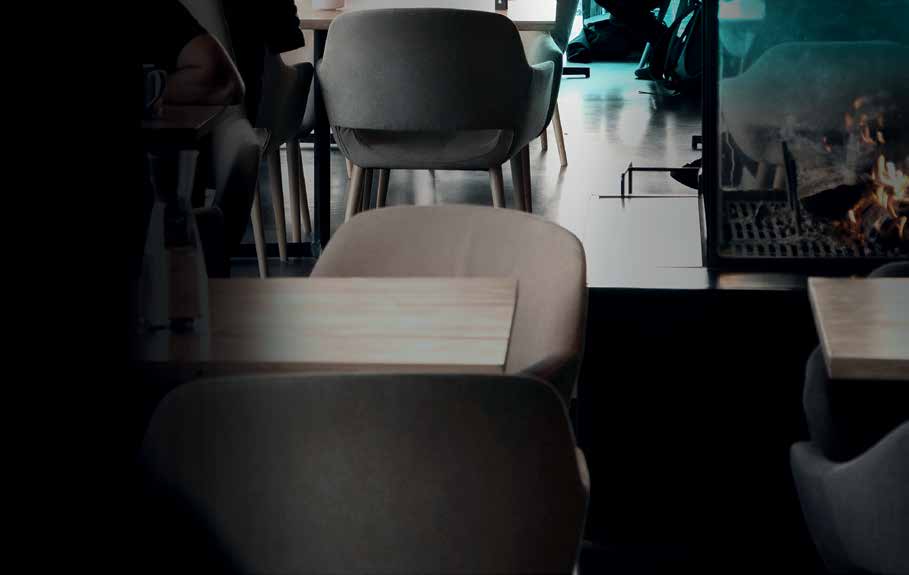

Sipping a cup of freshly prepared matcha tea, I reminisce about my extraordinary culinary trip around Japan: the flavors, the cooking techniques, the harmony, the precision and the unique medley of beauty and food.
My favorite culinary destination will always be Japan. Of course, the country’s history, traditions and culture are also attractions, but for food-loving travelers, Japan’s epic gastronomy is reason enough to visit. It is a display of unparalleled passion for a craft. There is great emphasis on skill and technique as well as a deep commitment to creativity, which strives to engage and delight a diner in every possible way.
Essentially, Japanese food is a feast for the eyes; esthetics play a major role in the country’s cuisine, translated in both garnishes and colors. Garnishes enhance the visual appeal and the flavor, while the prevalence of five colors is rooted in Japan’s culinary culture. The art of presentation is taken very seriously. Special attention is paid to the choice of tableware and utensils.
Five cooking methods are common in Japanese cuisine. These include: raw, steamed, fried, simmered and roasted/ grilled. Of the five flavors Japanese food is known for — salty, sweet, bitter, sour and umami — umami is the most unique. Eating rituals and habits are part of Japan’s culinary heritage. Heavy seasoning is not commonplace. Specific condiments are served with certain dishes, and there are rules to be followed concerning the additionSipping a cup of freshly prepared matcha tea, I reminisce about my extraordinary culinary trip around Japan: the flavors, the cooking techniques, the harmony, the precision and the unique medley of beauty and food.
My favorite culinary destination will always be Japan. Of course, the country’s history, traditions and culture are also attractions, but for food-loving travelers, Japan’s epic gastronomy is reason enough to visit. It is a display of unparalleled passion for a craft. There is great emphasis on skill and technique as well as a deep commitment to creativity, which strives to engage and delight a diner in every possible way. Essentially, Japanese food is a feast for the eyes; esthetics play a major role in the country’s cuisine, translated in both garnishes and colors. Garnishes enhance the visual appeal and the flavor, while the prevalence of five colors is rooted in Japan’s culinary culture. The art of presentation is taken very seriously. Special attention is paid to the choice of tableware and utensils. Five cooking methods are common in Japanese cuisine. These include: raw, steamed, fried, simmered and roasted/ grilled. Of the five flavors Japanese food is known for — salty, sweet, bitter, sour and umami — umami is the most unique. Eating rituals and habits are part of Japan’s culinary heritage. Heavy seasoning is not commonplace. Specific condiments are served with certain dishes, and there are rules to be followed concerning the addition of spices and sauces, and the order in which they are used to preserve the original taste of the dish.
How to immerse yourself in Japan’s food scene:
1. Go on a tour of the local markets, such as the fish market.
2. Visit the food halls of Japan’s department stores, where you’re guaranteed a mouthwatering selection of sweet and savory delights.
3. Try the street food. You can’t miss the colorful food stalls lining the streets.
4. Learn how to make sushi and gyoza by taking a cooking class.
5. Drink traditional tea at a ryokan.
6. Have dinner with a geisha.
7. Sample the local sake at a brewery.
Japanese restaurants
Many of the restaurants in Japan specialize in just one type of food. The most common are the sushi and sashimi, yakitori, teriyaki, tempura, shabu-shabu and teppanyaki restaurants.
The fine-dining experience
Also known as kaiseki cuisine, this refined, multi-course form of dining places emphasize on dishes that are masterfully prepared and feature seasonal ingredients.
Simplicity and elegance are key in kaiseki dining, which can be enjoyed in cities such as Kyoto.
Izakaya and tachinomiya
You will find that these Japanese gastropubs and bars pay as much attention to the food they serve as the drinks they offer. Subsequently, their menus tend to be gloriously eclectic.
Must-try food specialties
A visit to Japan isn’t complete until you have tasted some of the famous local delicacies, including gyoza (dumplings), kushi-katsu (deep-fried skewered meats and vegetables), tsukemono (pickles), umeboshi (plums), soba, ramen, udon, unagi and Kobe beef. I also recommend the deliciously soft bread that you can find almost anywhere and the extremely fluffy Japanese cheesecake.
International recognition
Japanese cuisine continues to attract international attention for its respect to traditions, delicate ingredients and mouthwatering flavors. In 2013, the United Nation’s cultural organization added washoku — traditional Japanese food —to its Intangible Cultural Heritage list.
In conclusion, Japanese food is hard to fault. Having a bad meal in Japan is very unusual — I’ve never experienced one, that’s for sure. So, allow me to end with this thought: Japan is home to more Michelin-starred restaurants than any other country in the world. It’s time to get those chopsticks out.

Maya Bekhazi Noun,
co-founder and managing director of The Food Studio















